Opium Poppy Laws – Interesting Facts About Opium Poppies
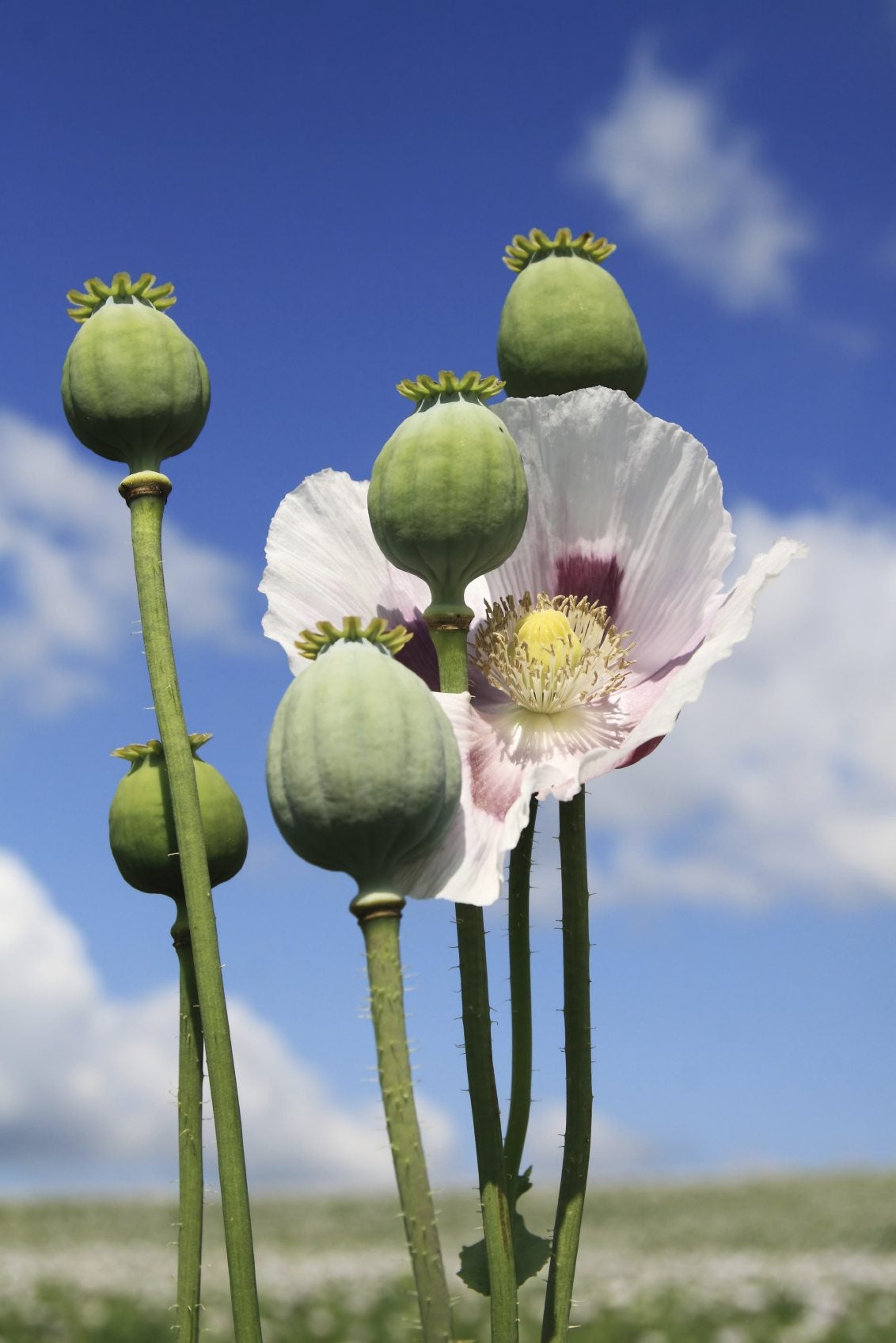
I love poppies and, in fact, have some in my garden. Looking much akin to opium poppies (Papaver somniferum) with one small difference, they are legal. These beautiful flowers are steeped in culture, commerce, politics and intrigue. Curious about opium poppy laws, plants and flowers? Keep reading to find out some fascinating opium poppy information.
Facts About Opium Poppy Laws
The Poppy Control Act of 1942 was repealed in the 70’s, but it is still illegal to grow poppies from which narcotics can be made. I know they are gorgeous and it seems a shame. In fact, there are many varieties that are offered in gardening catalogs. That is because it isn’t illegal to sell or purchase seeds. They have a minimal amount of the opiate. So it’s legal to get a poppy seed bagel, for instance. Do keep in mind that the ingestion of poppy seeds may affect a drug test if you need one for, ahem, whatever reason. You can test positive for heroin or opium if you had a lemon poppy seed muffin with your Starbucks coffee. Just FYI. The chemical thebaine is what is found in drugs, or you, when tested for drugs created from opium. NATO has had to deal with a huge problem in Afghanistan as many local people rely on the opium poppy flowers for their livelihood. Stop the people from growing and harvesting the illegal plants and they have no way to feed their families. New programs and retraining have had to be implemented and are still ongoing. Cultivation of opium poppy plants is illegal and a federal crime. Even having dried opium poppy seed pods or stalks on your property is a crime. Don’t worry; there are plenty of other poppies that are legal to grow:
- Corn poppy (Papaver rhoeas), aka common poppy
- Oriental poppy (Papaver orientale), which grow in my garden
- Iceland poppy (Papaver nudicale)
- California poppy (Eschscholzia californica), actually a poppy cousin
Steer clear of the Papaver somniferum or the double flowered P. paeoniflorum varieties unless you want to do time.
Additional Facts About Opium Poppies
For centuries, P. somniferum has been known to produce alkaloids that can be used for pain treatment. These alkaloids, some 80 different ones, are harvested from the opium poppy by making a small slit along the pod of the plant and collecting the secreted latex. The latex is then dried and processed to be used for medicines. According to opium poppy information I found on the internet, opium and all refined opiates are derived from P. somniferum: morphine (up to 20%), thebaine (5%), codeine (1%), papaverine (1%) and narcotine (5-8%). Morphine, interestingly, is named after Morpheus, the god of sleep. Somniferum means “to sleep” in Latin. Have you ever seen the Wizard of Oz? Opium poppies were used by the Wicked Witch to put Dorothy and her companions to sleep before they reached the Emerald City. Remember the Wicked Witch of the West chanting, “Poppies. Poppies will put them to sleep. Sleeeep. Now they’ll sleeeep.” Creepy. If you want to see if you look good in orange, poppies whether legal or illegal, are grown in much the same manner. These erect annuals bloom in late spring at a height of about 24-36 inches and come in a multitude of hues. Hardy to USDA zones 8-10, plant seeds in full sun and well-drained soil in the fall for spring blossoms. DISCLAIMER: As to its legality here in the U.S. and whether or not the plant can be grown in gardens, there seems to be much debate. Apparently, individual states are free to set laws regarding this, which would explain why it may be illegal to grow in one area and legal in another. That said, it can only be grown for ornamental purposes or the seed and NOT for the opium so it is a matter of intent. We would strongly recommend that anyone considering adding this plant in their garden to first check with their local extension office or law ordinance to see if it's legal to grow or not. Otherwise, it's better to be safe than sorry and simply avoid planting it.
Gardening tips, videos, info and more delivered right to your inbox!
Sign up for the Gardening Know How newsletter today and receive a free copy of our e-book "How to Grow Delicious Tomatoes".

Amy Grant has been gardening for 30 years and writing for 15. A professional chef and caterer, Amy's area of expertise is culinary gardening.
-
 4 Superfast Composting Methods: Turn Waste Into Garden Gold In 30 Days Or Less
4 Superfast Composting Methods: Turn Waste Into Garden Gold In 30 Days Or LessTry the fastest composting methods to turbocharge your pile and transform kitchen scraps and garden waste into finished compost in just a few weeks.
By Mary Ellen Ellis
-
 Best Spider Plant Soil – Complete Soil Guide And Expert Tips For Keeping Plants Happy
Best Spider Plant Soil – Complete Soil Guide And Expert Tips For Keeping Plants HappySpider plants are fun and easy plants to grow, but what is the best soil for a spider plant? Selecting the right soil is important so they can thrive.
By Bonnie L. Grant
-
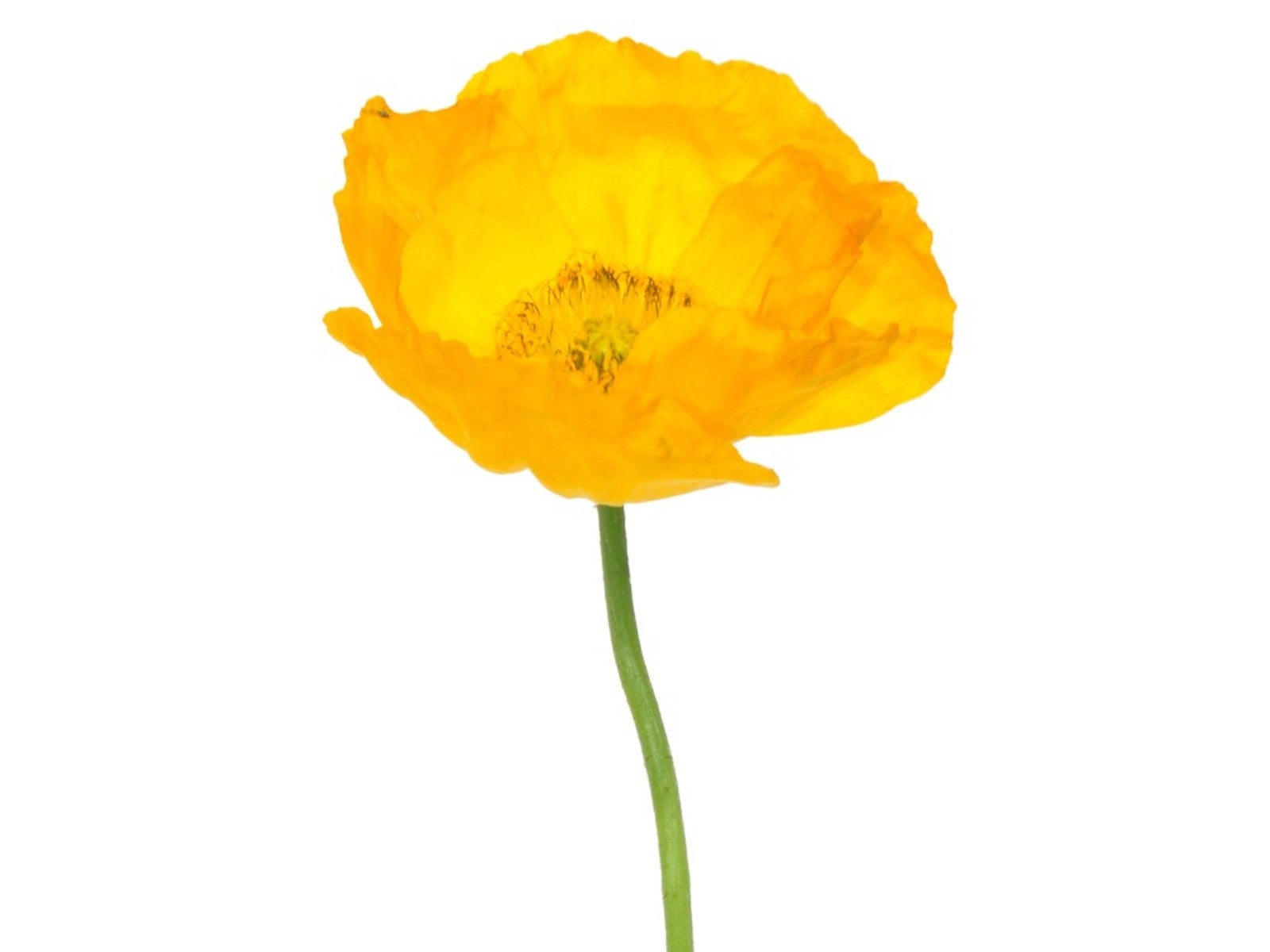 Can You Grow Iceland Poppy Indoors – Caring For Iceland Poppy In A Pot
Can You Grow Iceland Poppy Indoors – Caring For Iceland Poppy In A PotIf you don’t have the room to grow these plants in a flower bed, you can still grow Iceland poppy in a pot.
By Raffaele Di Lallo
-
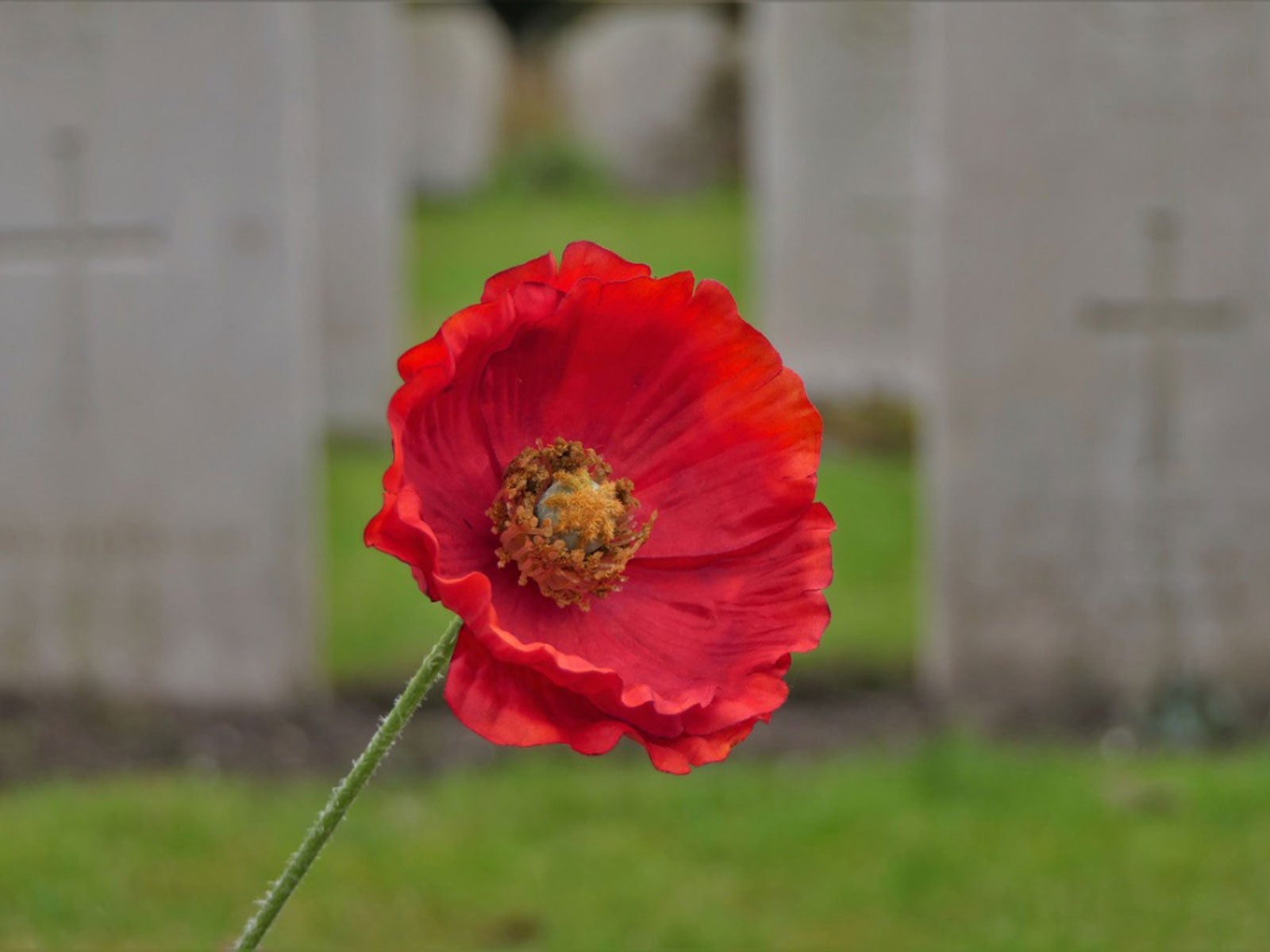 History Of Red Poppies – Why Red Poppy For Remembrance
History Of Red Poppies – Why Red Poppy For RemembranceWhy red poppy for remembrance? How did the tradition of red poppy flowers begin more than a century ago? Click here to find out.
By Mary H. Dyer
-
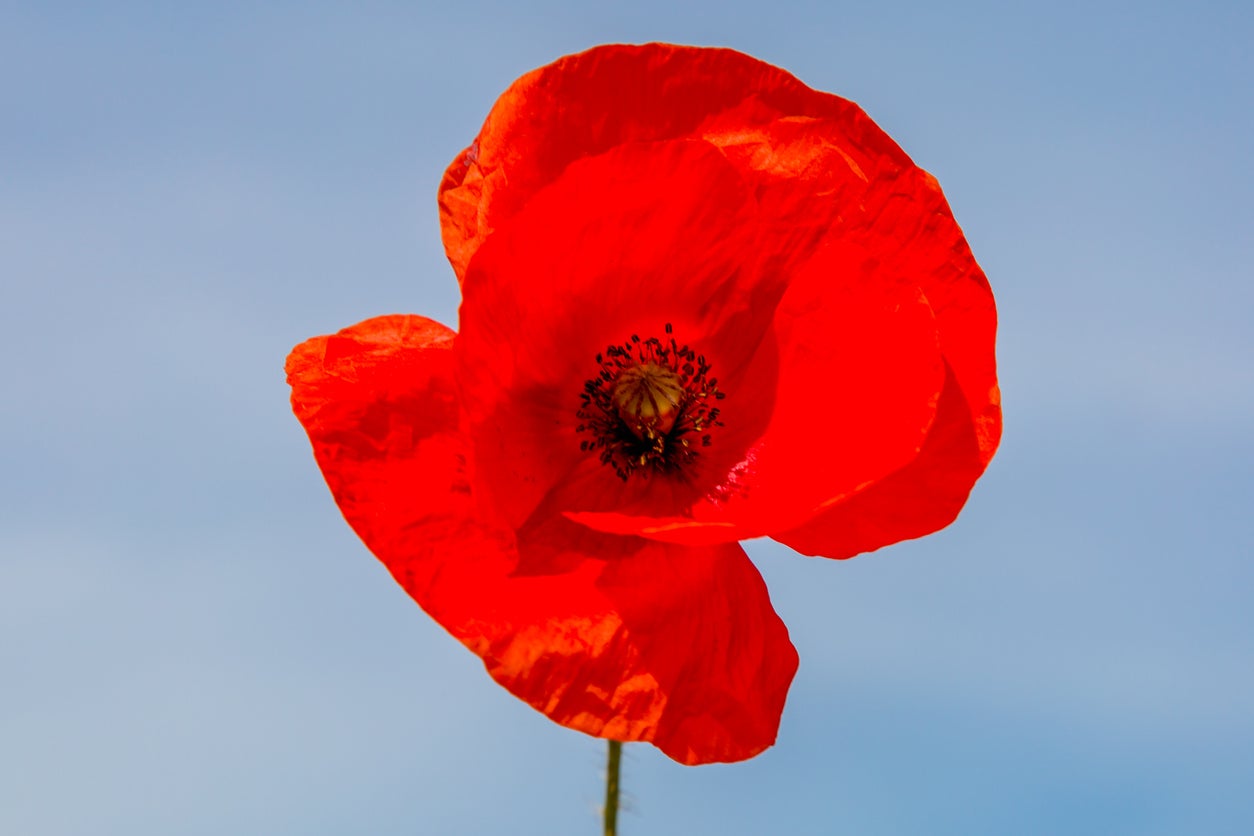 Popular Poppy Varieties: Types Of Poppies For The Garden
Popular Poppy Varieties: Types Of Poppies For The GardenPoppies add a splash of color to the flower bed, they're easy to grow and there are hundreds of poppy varieties to choose from. With so many poppies available, the biggest problem for gardeners is narrowing down the selection! This article can help with that.
By Laura Miller
-
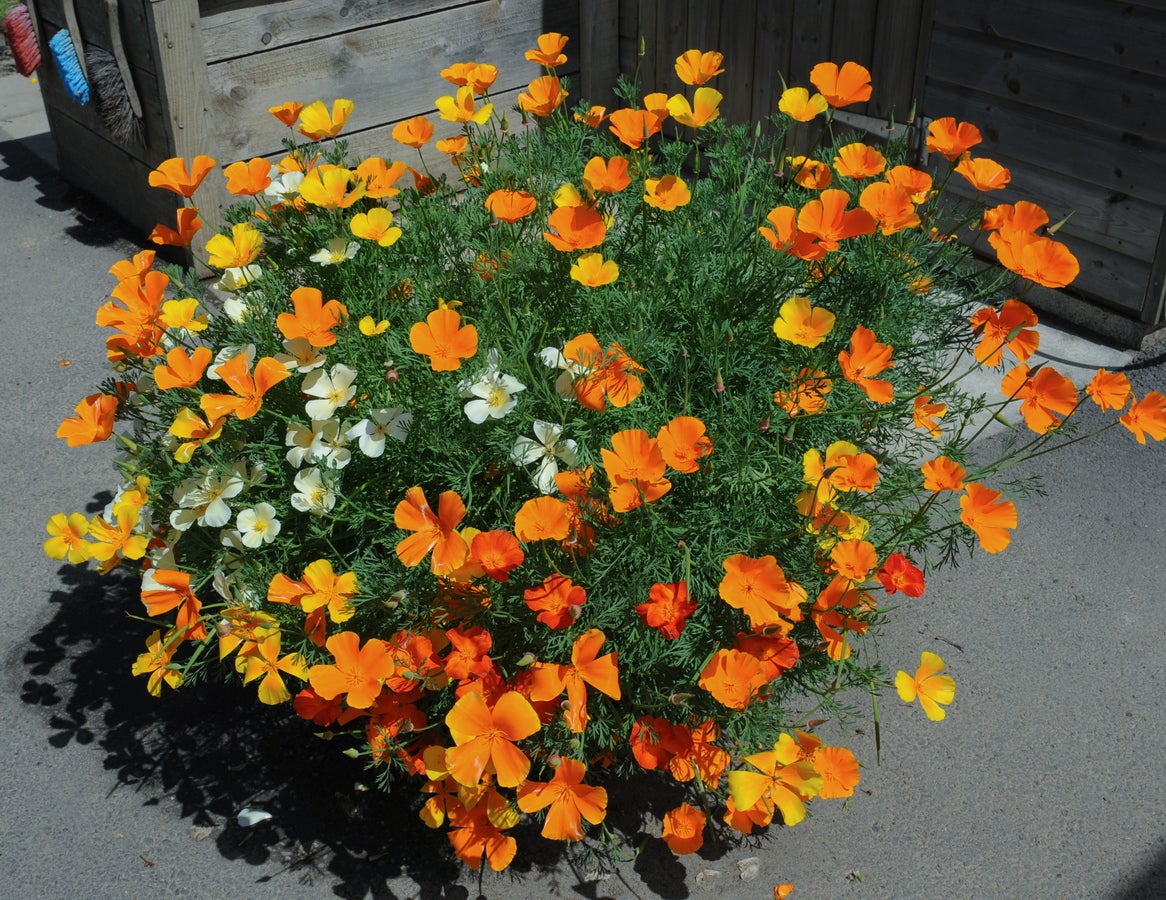 Planting Poppies In Containers: How To Care For Potted Poppy Plants
Planting Poppies In Containers: How To Care For Potted Poppy PlantsPoppies are beautiful in any garden bed but poppy flowers in a pot make a stunning display on a porch or balcony. Potted poppy plants are simple to grow and easy to care for. Click on the following article to learn more about container care for poppies.
By Gardening Know How
-
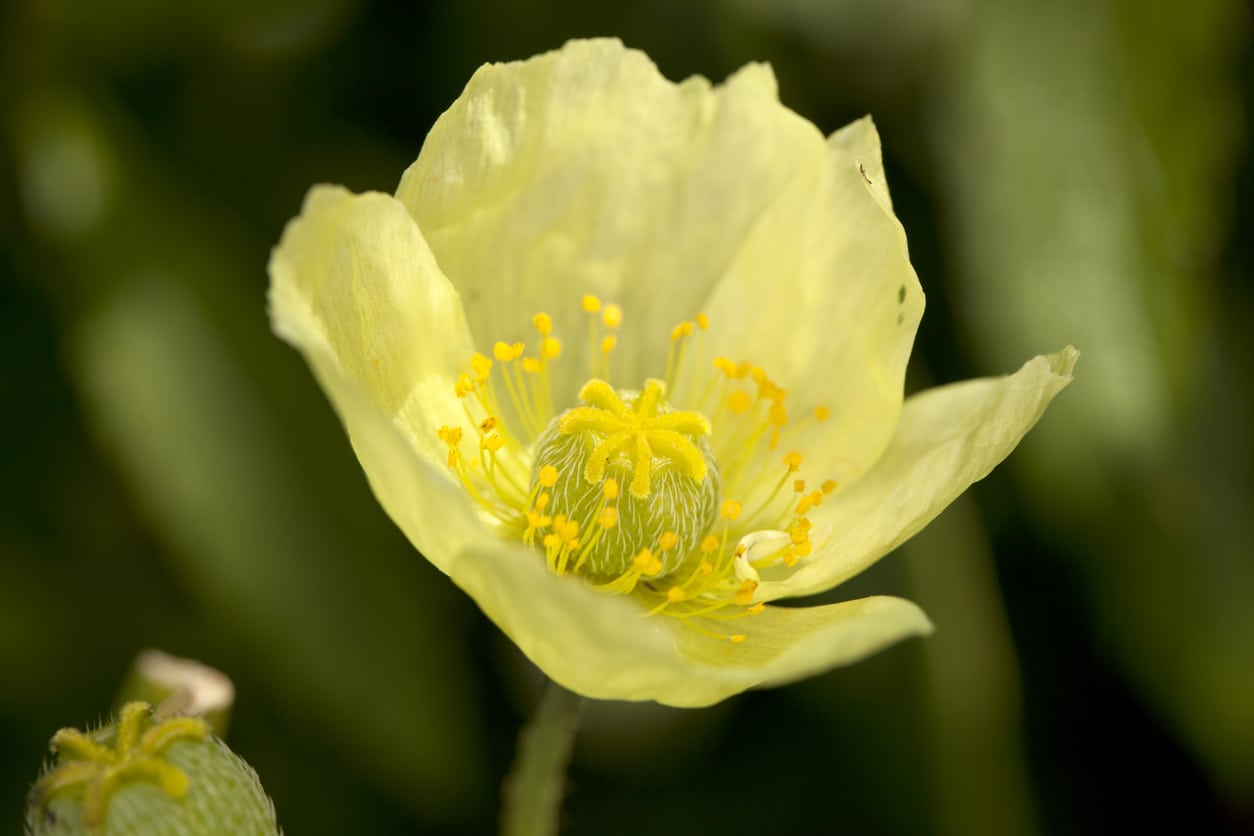 Alpine Poppy Info: Information On Growing Rooted Poppies
Alpine Poppy Info: Information On Growing Rooted PoppiesAlpine poppy is a wildflower found in high elevations with cold winters. Believed to be one of the world’s most north-growing plants, if you’re a chilly climate gardener, you’ll definitely want to learn about growing alpine poppies. Find out how in this article.
By Mary H. Dyer
-
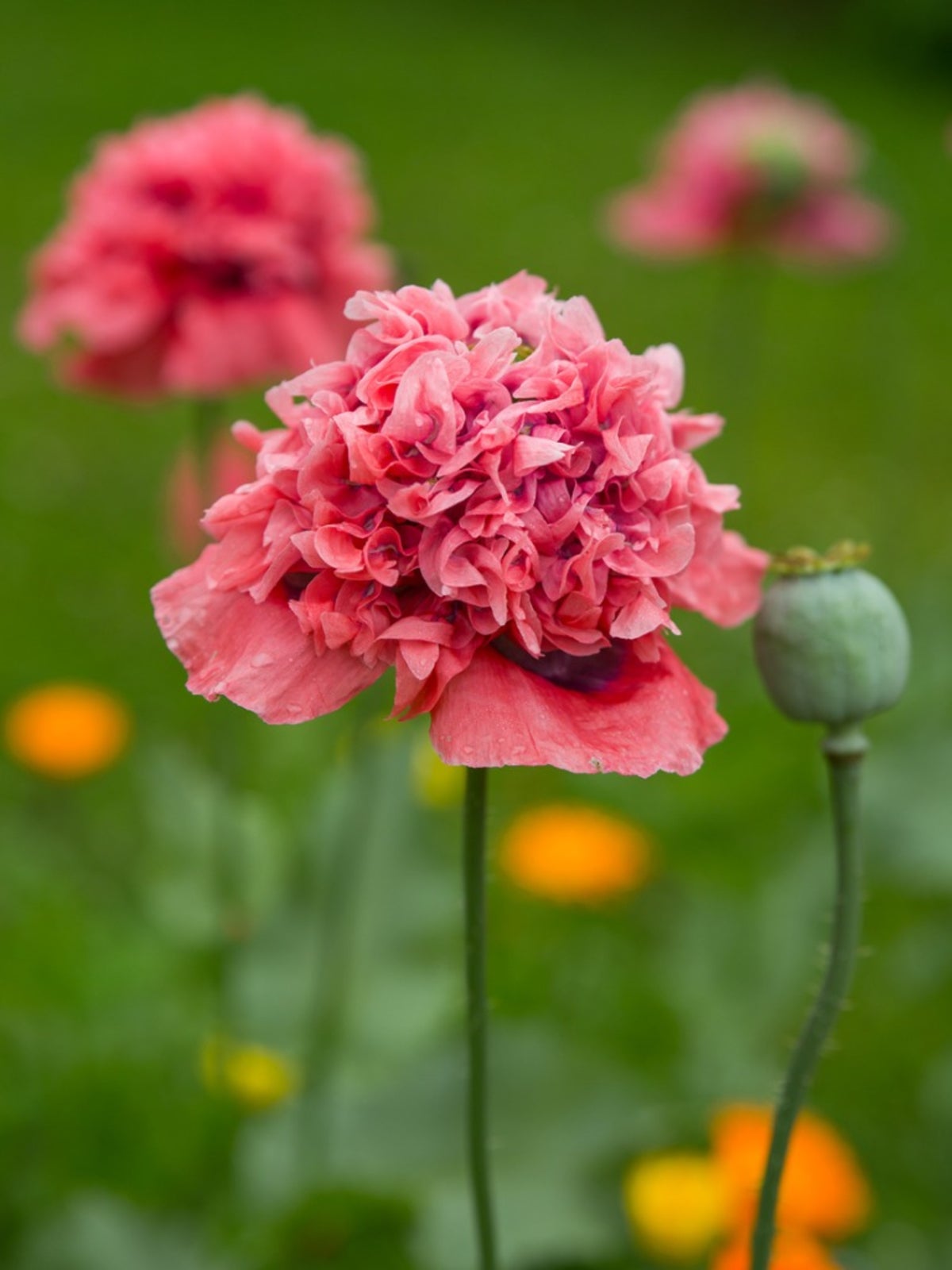 Double Poppy Info: Learn About Growing Double Flowering Poppies
Double Poppy Info: Learn About Growing Double Flowering PoppiesIf you are a fan of peonies and can't get enough or have difficulty growing them, then you may want to consider growing peony poppies, also known as double poppies. Wait, aren't they illegal? Click this article for additional double poppy information.
By Shelley Pierce
-
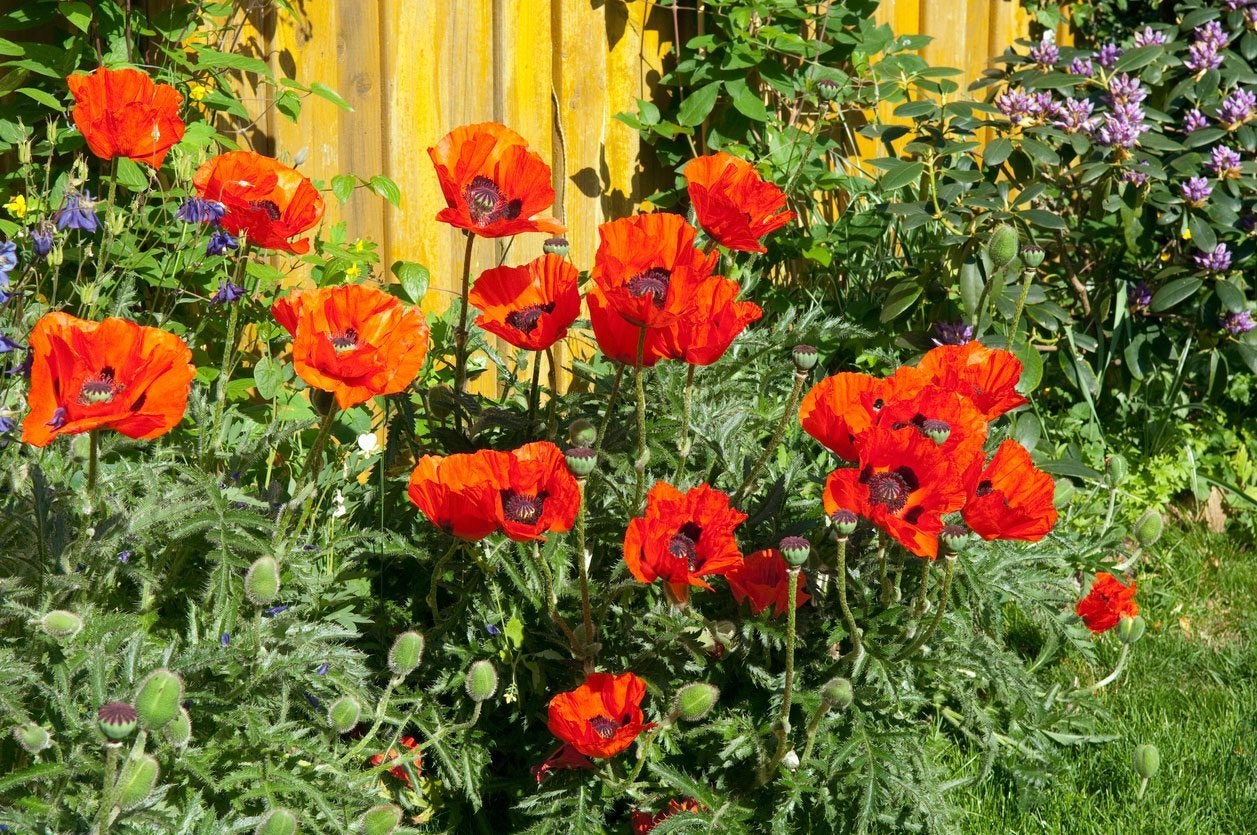 No Oriental Poppy Flowers – Reasons For Oriental Poppies Not Blooming
No Oriental Poppy Flowers – Reasons For Oriental Poppies Not BloomingOriental poppies are among the showiest of perennials, with big, bright blooms that light up a spring garden. But having no flowers on oriental poppies can happen some years, and it?s a real disappointment. Learn why it happens and what to do in this article.
By Mary Ellen Ellis
-
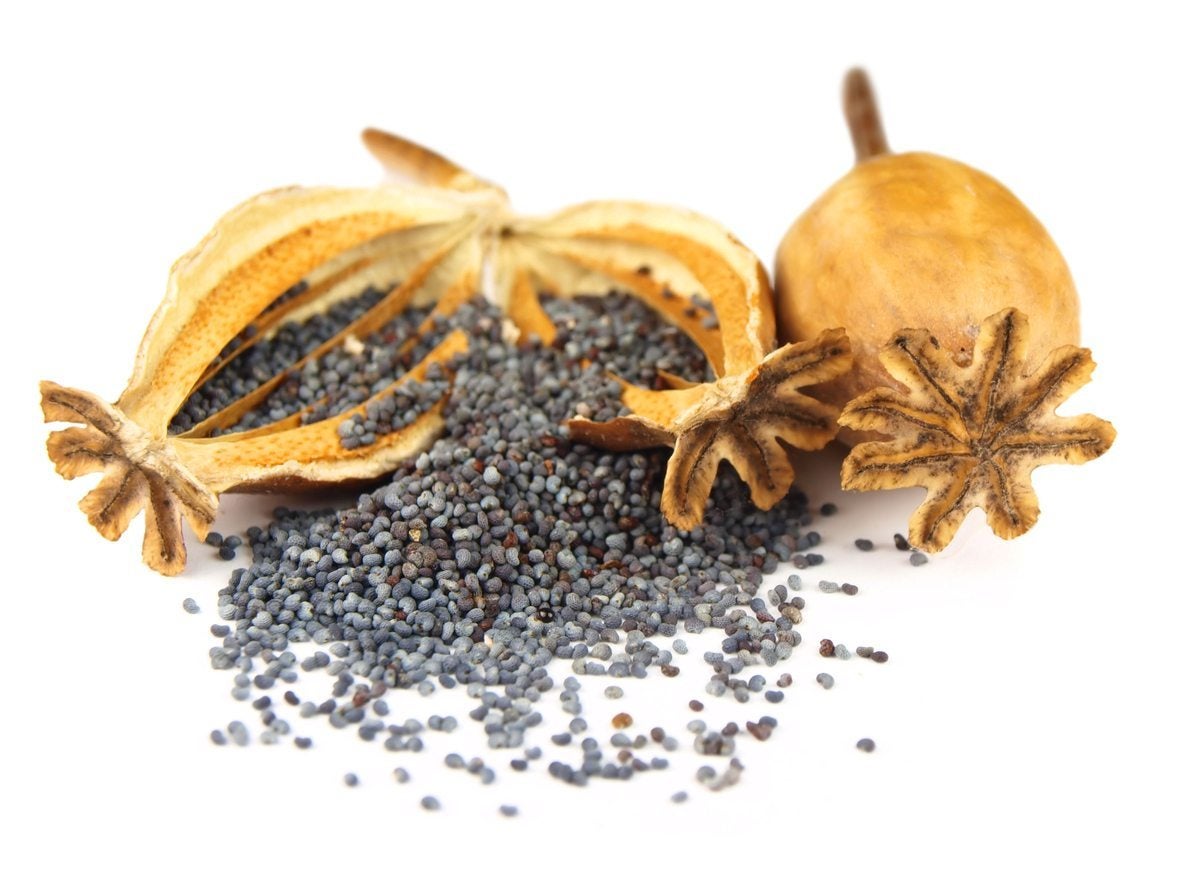 Saving Poppy Seeds : How And When To Harvest Poppy Seeds
Saving Poppy Seeds : How And When To Harvest Poppy SeedsPoppies have a bad reputation as part of the opium trade, but for gardeners, they are simply lovely blooms in brilliant colors. These easy-to-grow plants are also simple to propagate from seed. Learn when to harvest poppy seeds in this article.
By Bonnie L. Grant